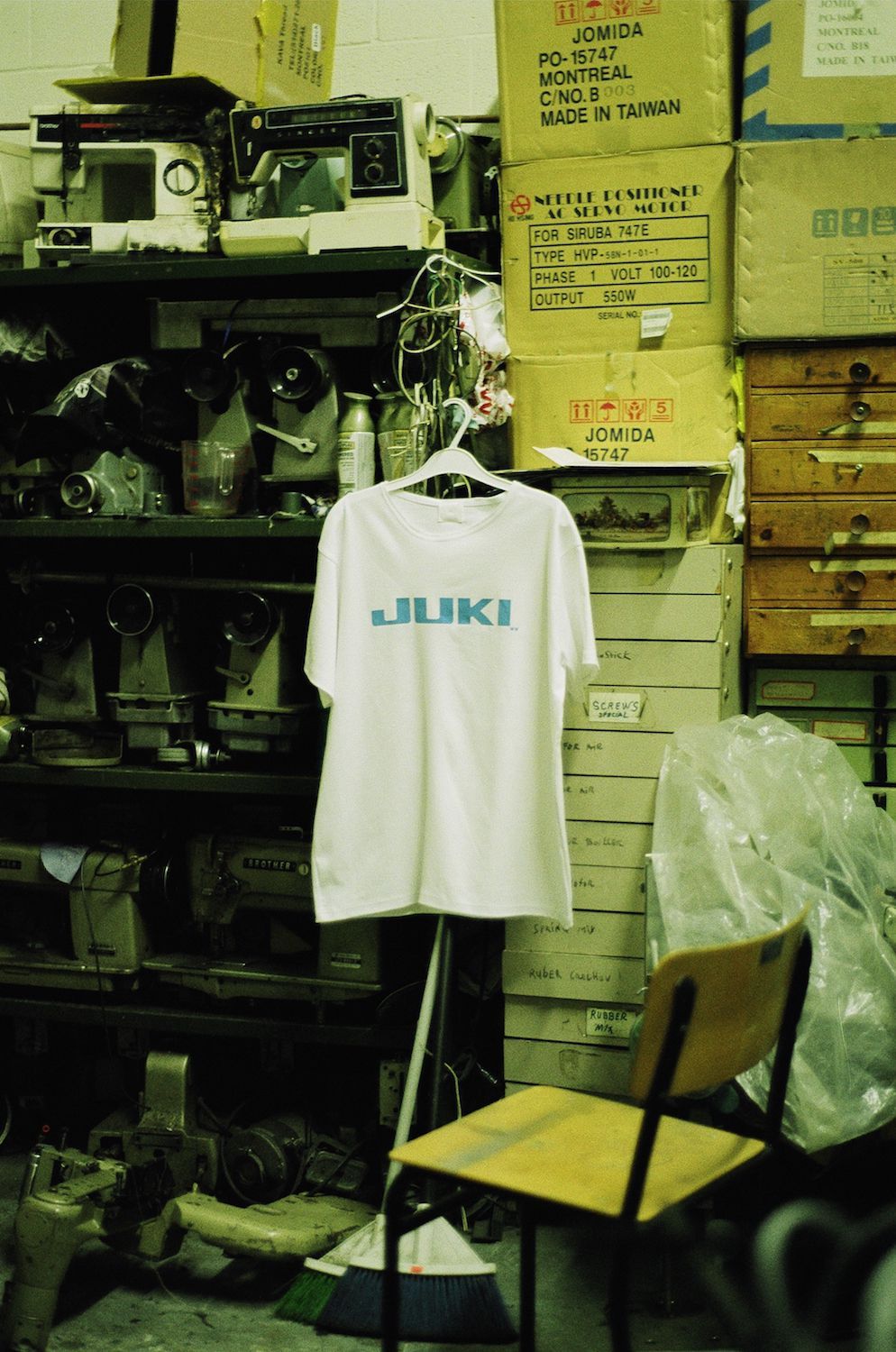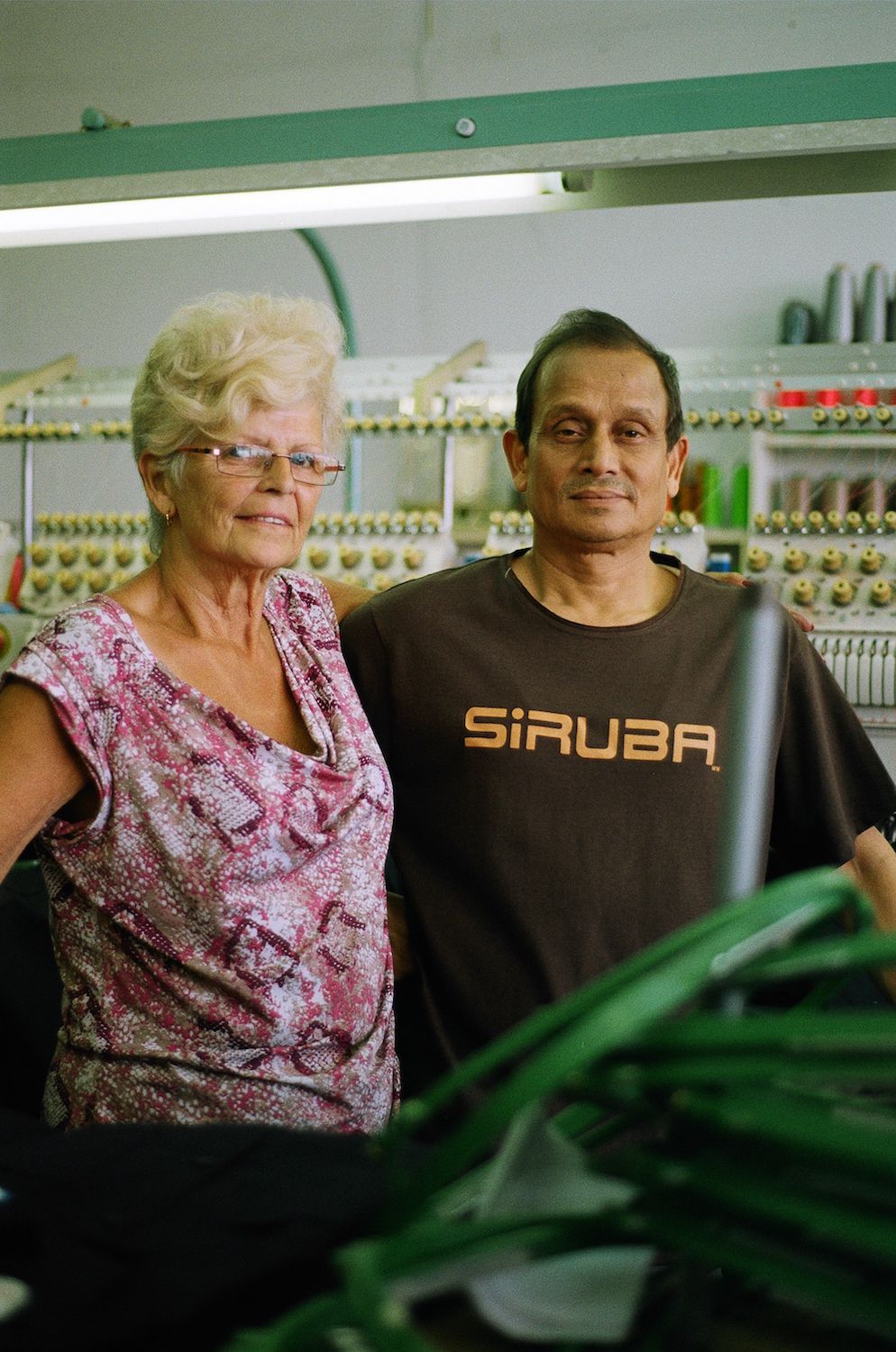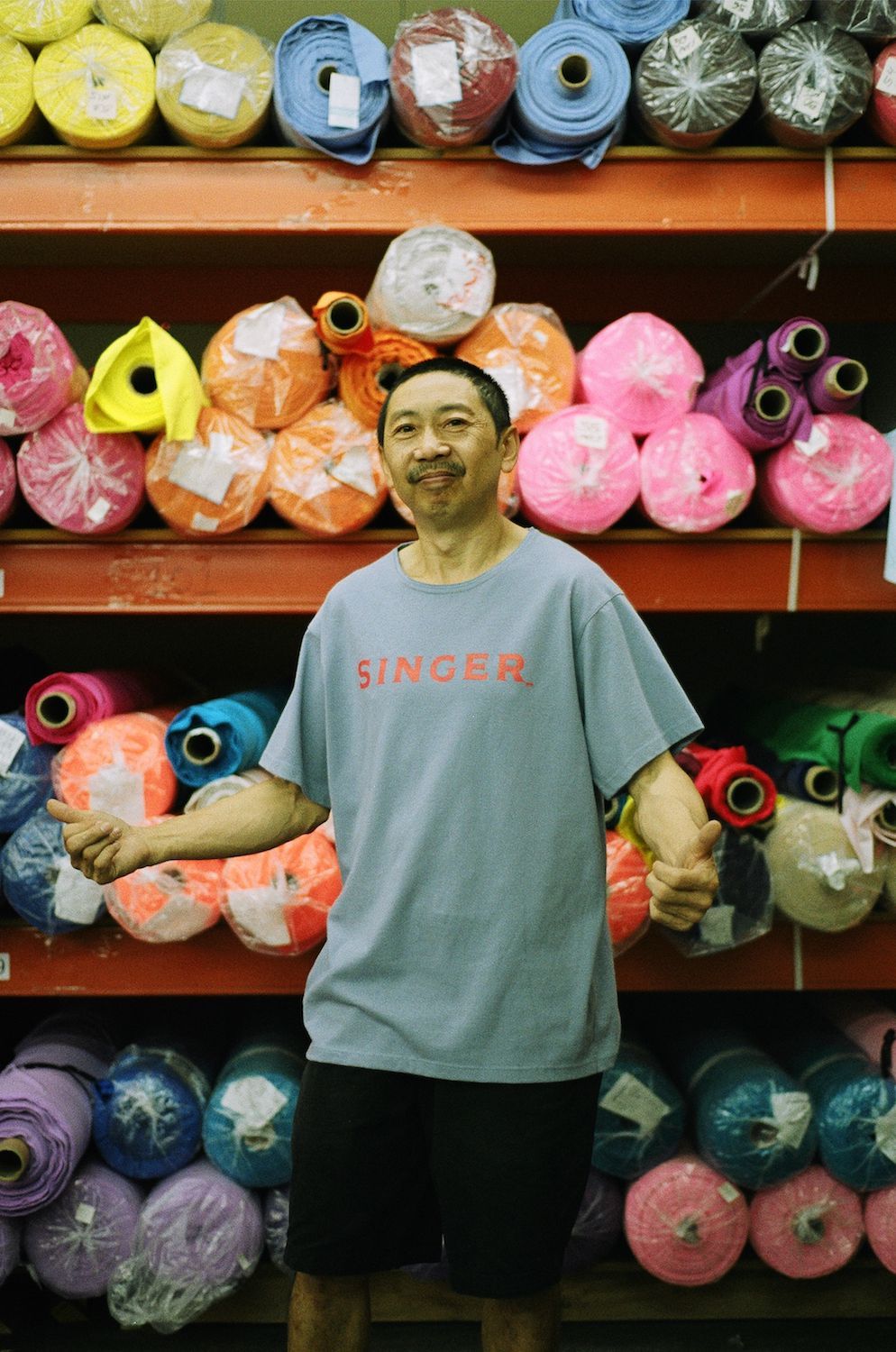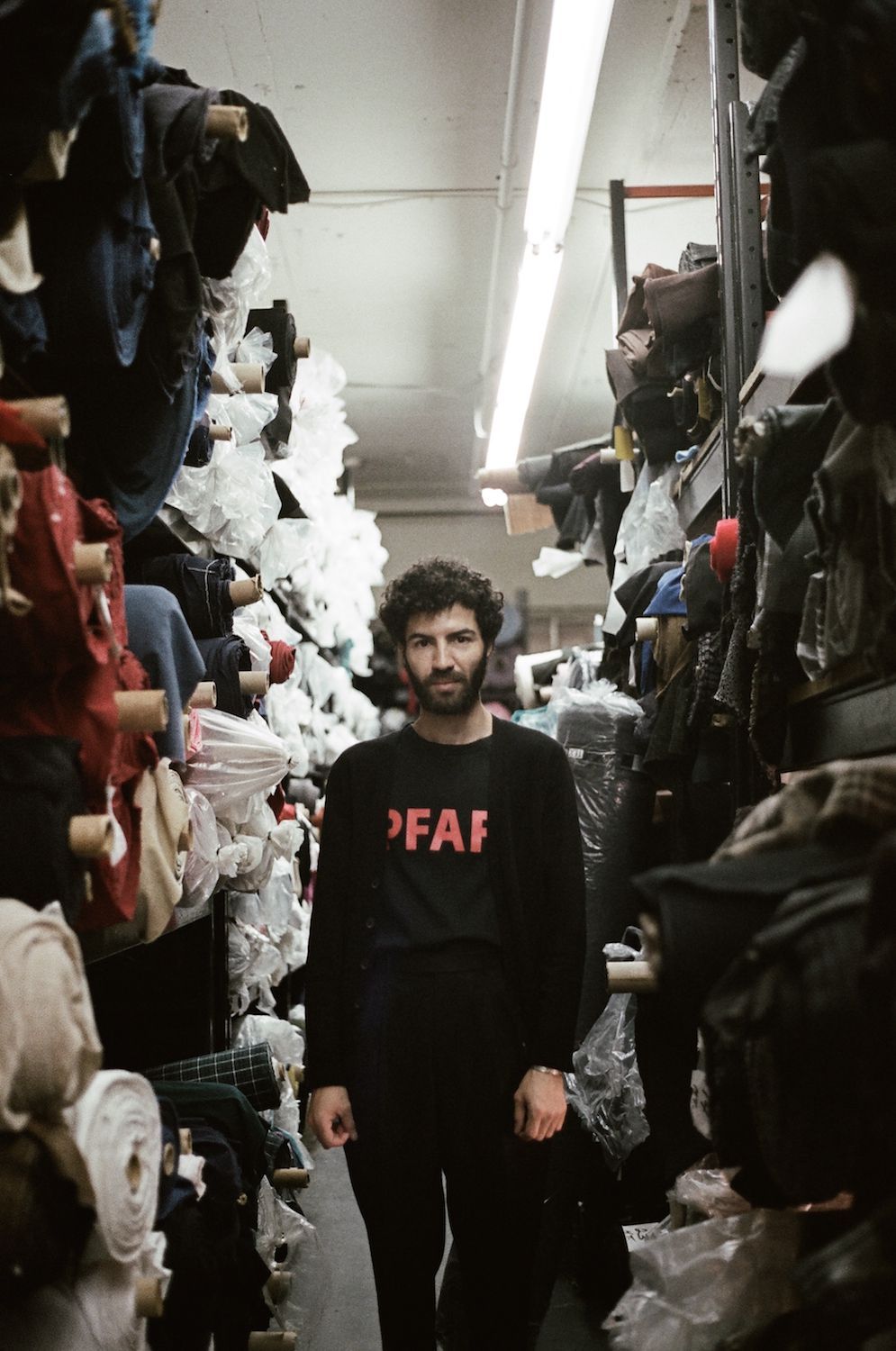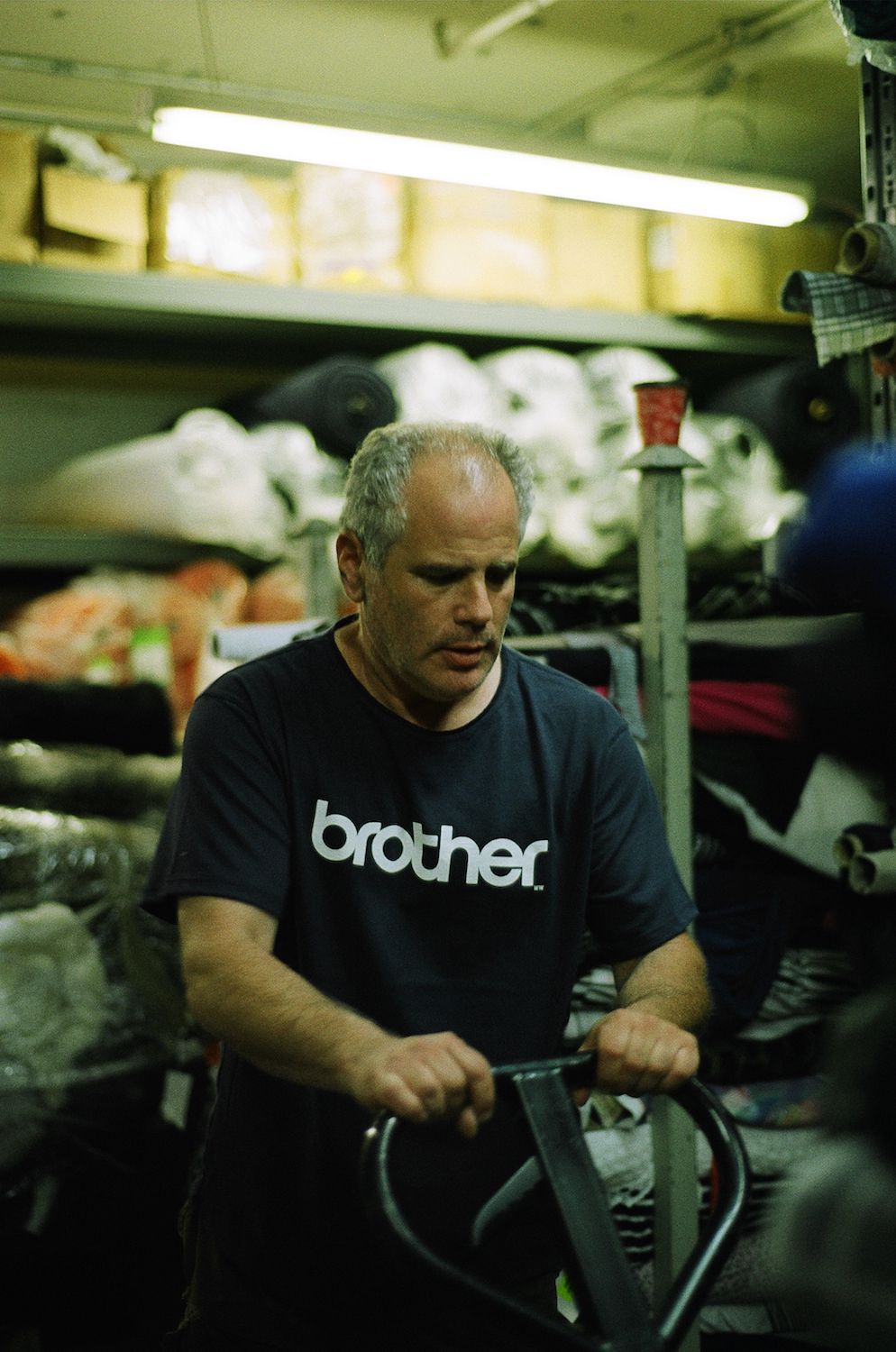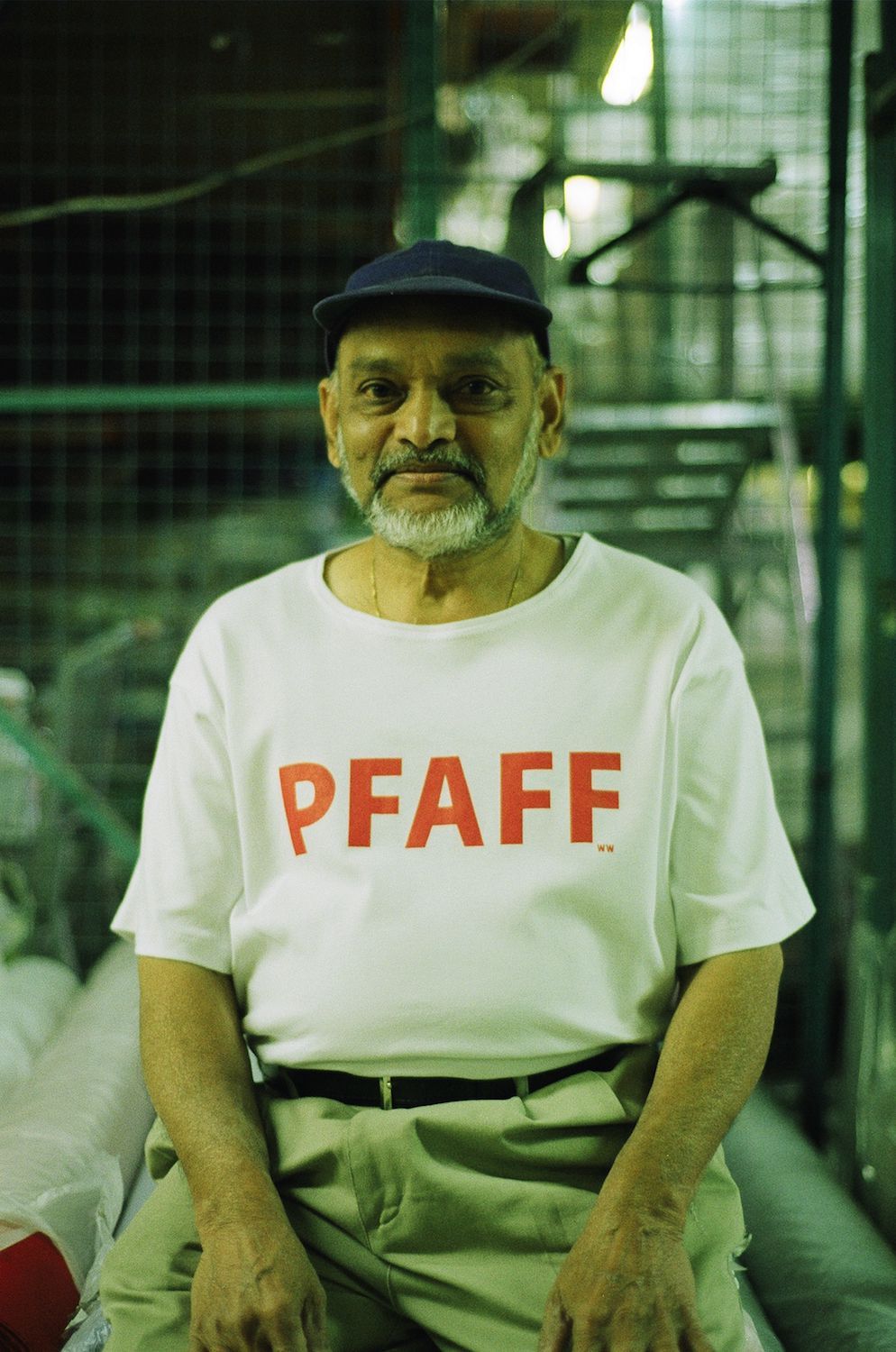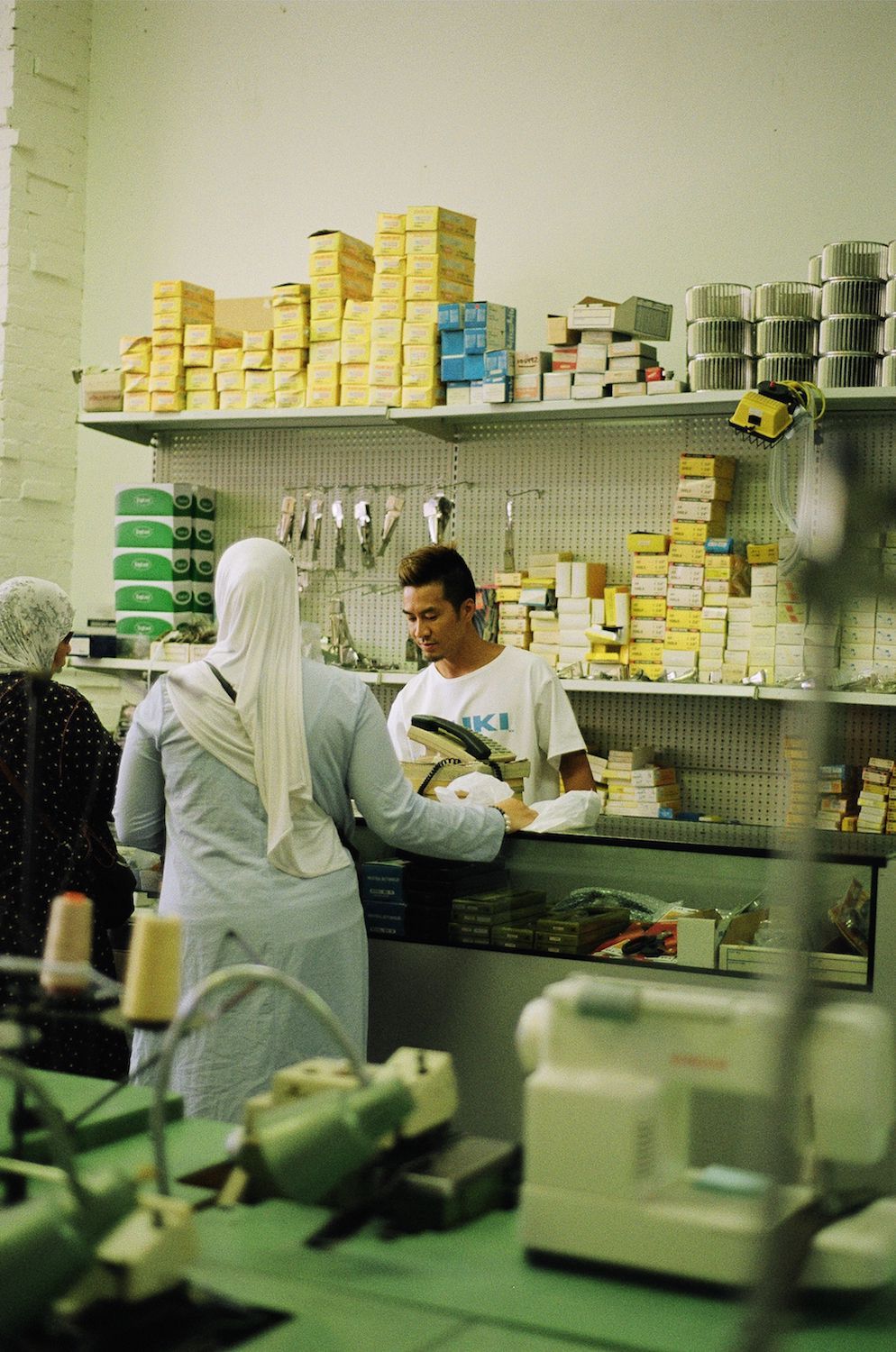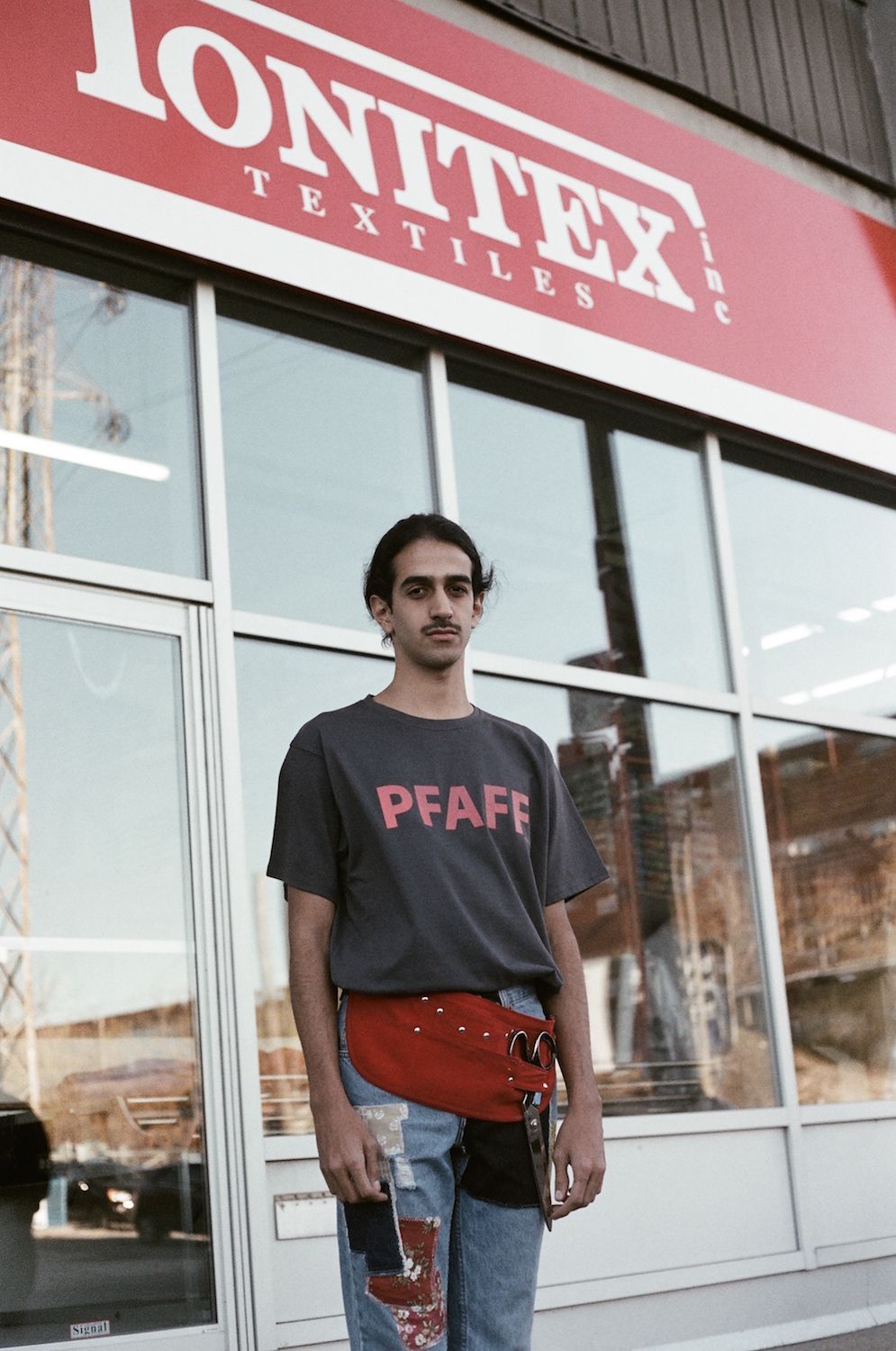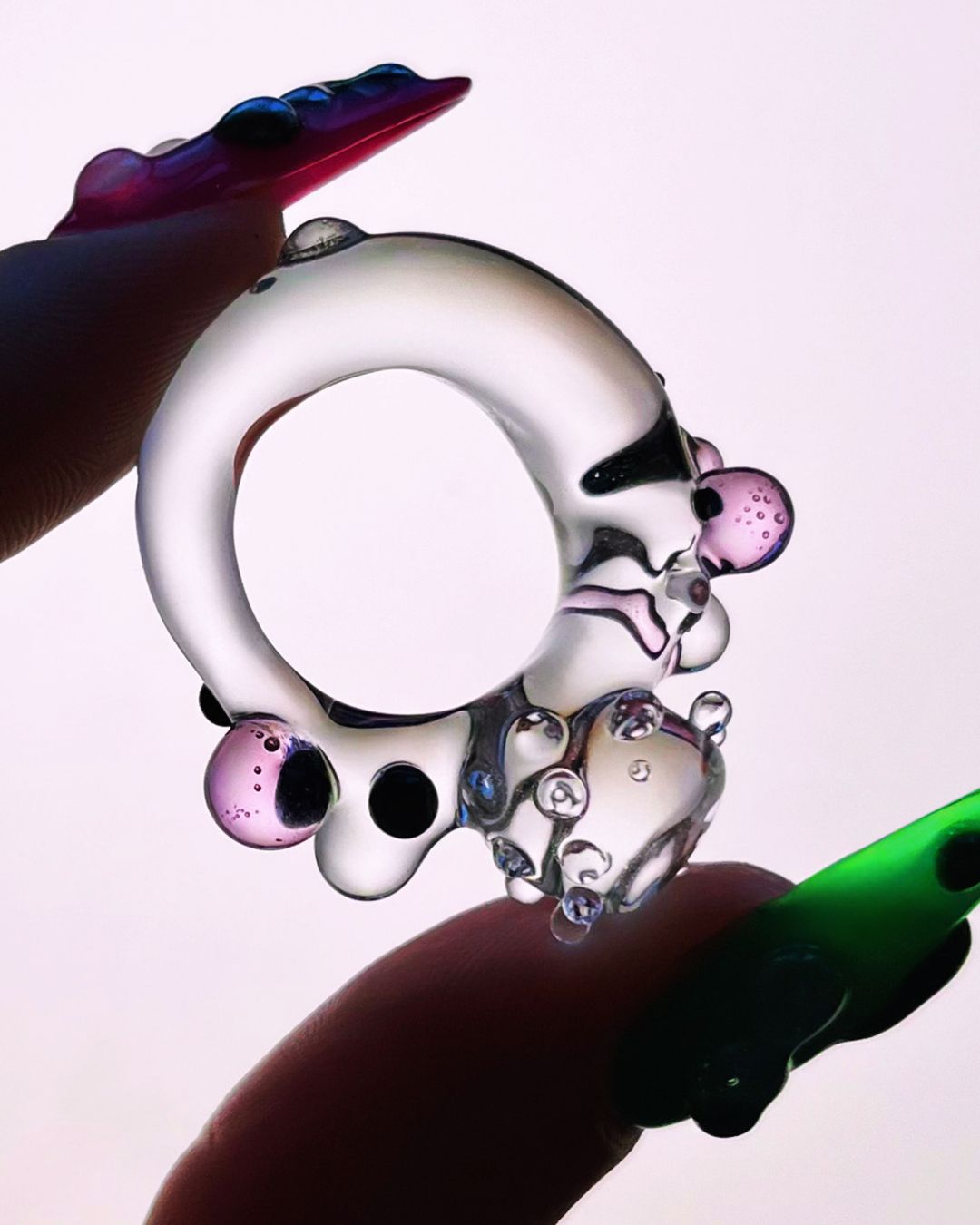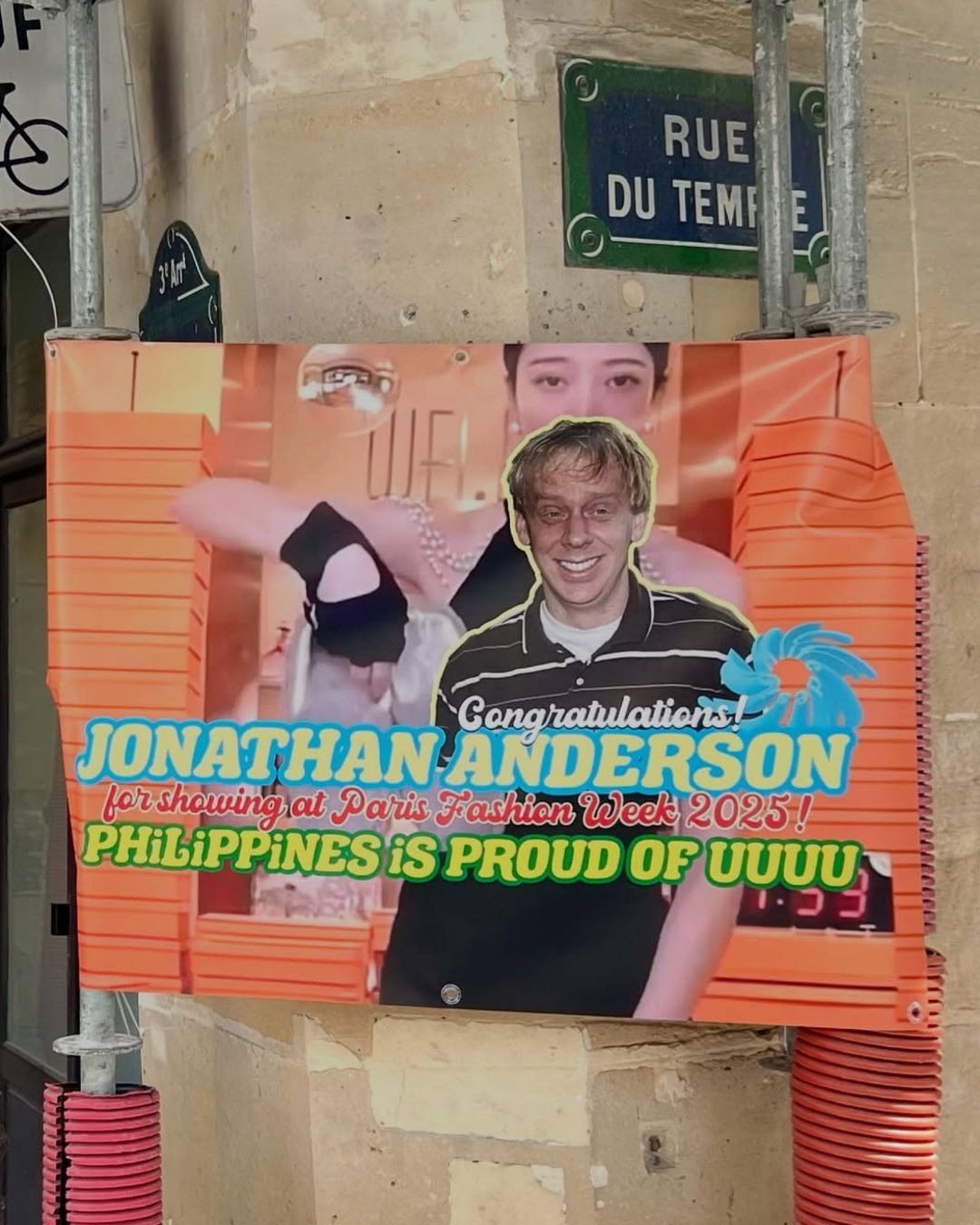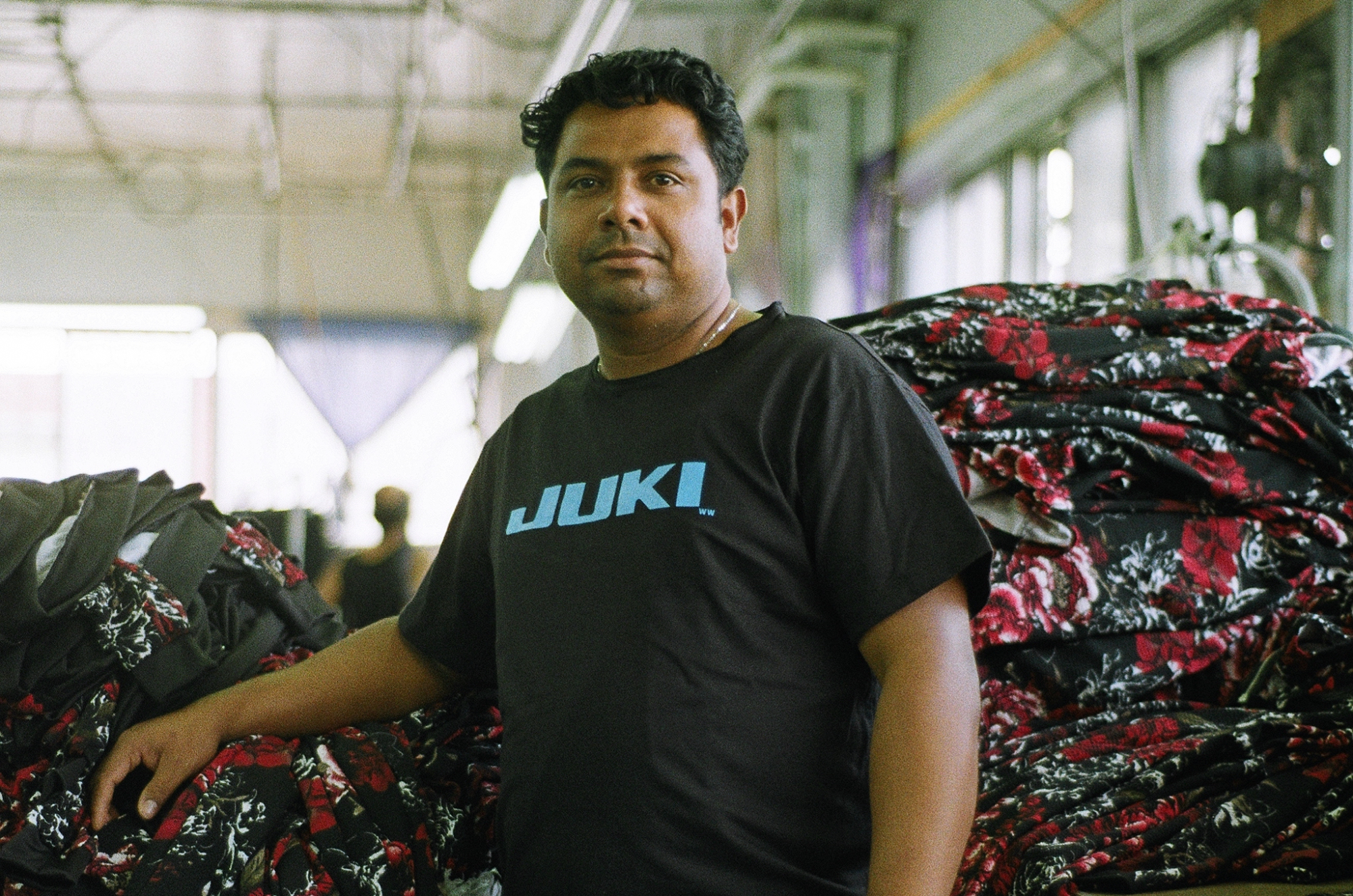
Interview with Samir Ayachi A questioning about branding and the philosophical question “who is the creator?” with the young Canadian designer and manufacturer
Samir Ayachi is a Canadian designer and manufacturer - as well as co-founder of the fashion house Worldwide - with a passion for tradition and it's not by chance if its main representative element is a sewing machine.
"Who is the creator?" he asks himself for his latest capsule of clothing. Well, its purpose is to exalt those who work behind consumer goods, the manual labor and the machinery, in a tribute to those who enter the fashion system from the "back door". That's why his capsule collection Engineer Manual celebrates both the machinery and who in turn drives them everyday, through creativity and passion.
Discover with us one of the key fashion figures Made in Montreal.
#1 Without a doubt, besides an aesthetic aspect by its very nature, the concept of a sewing machine manual seems to be conceived as an enlightenment for the young that are new to this world. What is your opinion on this topic?
You absolutely right, it is an enlightenment for the youth of today to be able to learn more about the machine. This represents as well a questioning about branding and the philosophical question “Who is the creator?”, I always have this question in my mind when it comes to branding.
I got into the world of fashion "from the back door"; my first job when I came to Canada was taking out rolls of fabrics from a truck for a manufacturer. While doing this, I started to learn how to repair machines, their usage and fabrics particularities long before learning how the whole environment worked.
#2 According to you, what is the future of machines? What is their place in the fashion industry?
I think the future of the sewing machine will only go more close to the needs of a designer: it is the key in the garment industry. Now, compared to a decade ago, we live in an era where the DIY is stronger since everything is more accessible (knowledge, machines, materials, tutorials, publishing) even though, naturally, there is a bigger interest from the independent designer to go autodidact. As I like to say, we are entering what I call the “golden era of custom” because now the clients are more easily able to get custom garments in sales and this phenomen will only go further.
#3 Which do you think are the biggest difficulties on working in the factories nowadays? Every day there are more and more updates on disastrous working conditions…
This is an important question, thank you for asking. There is big challenges to surpass and a lot that has to be named. One of this questions is the price point of production imposed from big companies, costs often seen where disastrous working conditions are present... it’s like an invisible rope around your neck that you know it will choke you if you don’t accept the price. Trust me I know that feeling.
#4 Please, tell us more about the Engineer Manual capsule and the inspirations behind it.
Earlier I was talking about this recurrent question that I think of when I look at things that's “Who is the creator?”. This capsule, is a tribute to machines, in a way, it's paying a tribute to the "creators" of garments, to what and who basically create the 99% of the garments that exists on earth.
I think people should seek more about the garment and who made them.
#5 What about the idea of the lookbook, who are those people? What do you want to represent?
The idea was simple, this capsule was about the industry creators, the “engineer manual” for the next generation. I didn’t feel it was right to shoot the capsule indoor studio, I wanted to share a story and the people that appear in the lookbook are people that I deal everyday with.
Together, they can represent what we call “the schmatta business”.










































